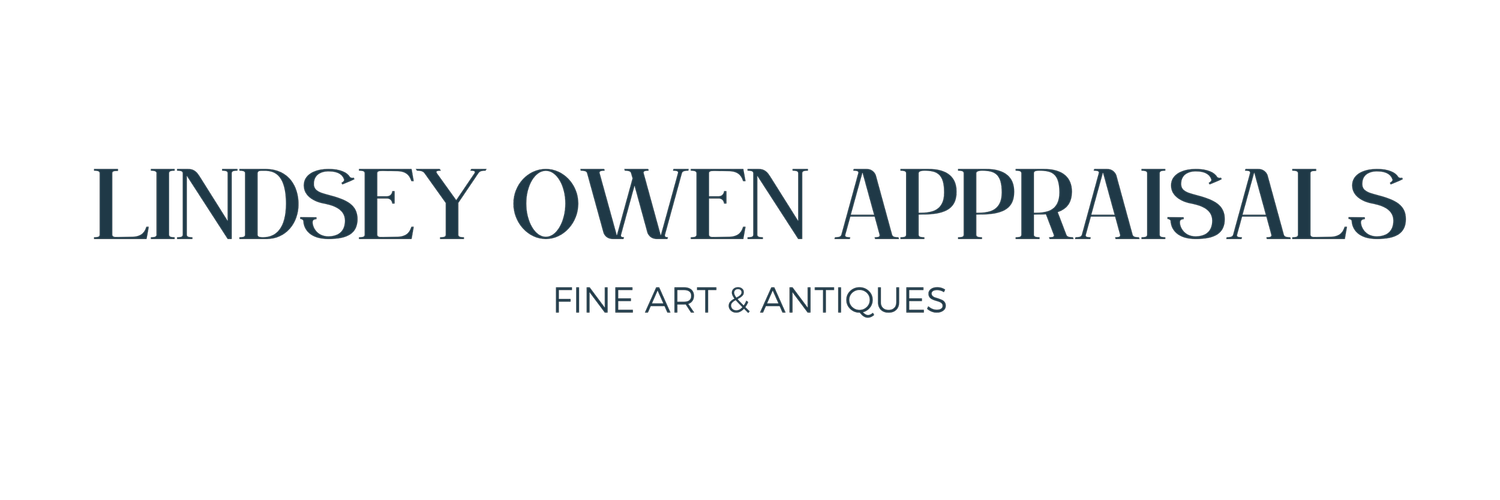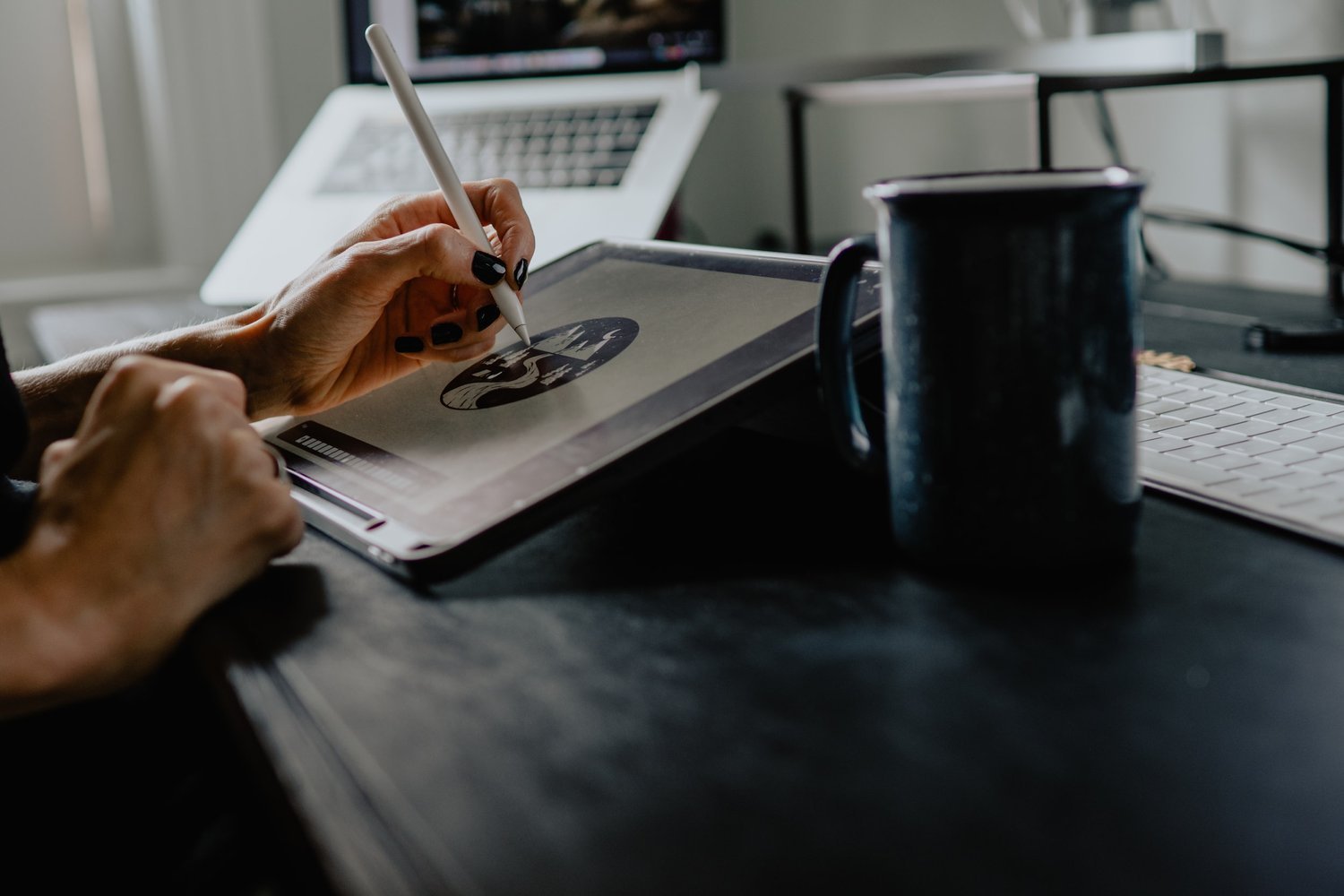Stolen AI Art: Investigating the Intersection of Technology and Art Theft
Last month, it was revealed AI art generator Stable Diffusion had been poaching images from artists worldwide. Their online images were illegally scraped to train the program, according to Artnet. While AI art is marketed as an autonomous entity, the truth is that there are millions of images and illustrations taken from real-life artists that teach and inform the AI’s creations. Existing artists’ copyrighted online work has been recently discovered to be a large contributor to this, taken without their consent. As a result, Getty Images has commenced legal proceedings against Stability A.I., the generator’s creators. In a press release from earlier this month, Getty Images claimed the creators “unlawfully copied and processed millions of images protected by copyright.”
Although a lawsuit was inevitable, a situation like this poses unique challenges and questions for working artists worldwide. With the rise of consumer-oriented updates on apps like Instagram (you may remember the uproar after one of Instagram’s more recent updates where the notifications page was replaced with the “Shop” page), artists are being pushed to market their products among hungry competitors with larger budgets and production abilities. The fact that artists have to use their personal platform to speak out is indicative of a larger problem, as they can’t go after giant, nameless companies on their own. Raising awareness and making noise around the issue is their first instinct, as Instagram has nothing in place to protect their designs. While Instagram’s Terms of Use dictate that you can only post content that doesn’t violate someone else’s intellectual property rights, these companies selectively post these items on their website, rather than an Instagram account subject to guidelines.
In addition to those producing rugs, pottery, decorative art, and more, digital illustration artists face a similar challenge. If companies or other entities hire freelance artists for digital illustration, what might stop them from plugging that artist’s work into an AI art generator to conjure up more, free-of-charge, work in the exact same style? Companies could forgo hiring an artist and create illustrations and designs directly from the existing work that now lives in AI generators. Ultimately, what happens if we continue to move towards processes where artists themselves are becoming less and less involved? The commercialization of art has always been a necessarily complex topic in relation to art world practices, but never has it been so readily available.
This wouldn’t be the first time technological advancement completely changed the landscape of art, however. When patrons before the 19th century lacked the ability to capture someone’s likeness with a photograph, people looked to artists to depict scenes, paint portraits, and illustrate whatever they may need. The ability to depict realism was particularly valuable for this reason, and wealthy families, patrons, and royals had court painters and standing relationships with artists. But with the invention of photography, artists were bought out by a technology that provided more accurate and precise means of capturing imagery. Photography allowed for increased access to art and portraits, and both were extremely popular among Victorian society. Daguerreotypes, incredibly detailed and one-of-a-kind photographic images, became widespread alternatives to painted portraits in the 1840’s and 50’s.
Images may saturate every corner of daily life in the 21st century, but this was not the case in the past. When a camera, video camera, or phone can capture images quickly and easily, choosing to represent an image through visual art has become a deliberate choice rather than a necessity. When visual art drifts from being valued for its utility, skill, or specific hand, it falls more in line with commodifying structures that portray art as objects. How society consumes and views art has changed, and with the consideration of the capitalist structures the art world inhabits, the notion of art as a commodity continues to impact working artists. What can be done to protect them?
Getty Images CEO Craig Peters suggests the answer is just a matter of protecting intellectual property law, stating “We think similarly these generative models need to address the intellectual property rights of others. That’s the crux of it.” There are, of course, pros and cons to implementing AI Art in daily practice, as AI programs can be used to educate, generate images of inspiration for artists, and even help businesses with content creation. There are still kinks to work out, both within the AI programs and how they can be integrated into business and artistic practices, perhaps that can only be made successful when all parties take the protection of intellectual ownership seriously.
If artists are interested in finding out if their work has been used in training, they can visit haveibeentrained.com to upload their work and see if any matches exist in their database of stolen art.
From the desk of Madison Kelley.
BIBLIOGRAPHY
Dafoe, Taylor. “Getty Images Is Suing the Company behind Stable Diffusion, Saying the A.I. Generator Illegally Scraped Its Content.” Artnet News, March 3, 2023. https://news.artnet.com/art-world/getty-images-suing-stability-ai-stable-diffusion-illegally-scraped-images-copyright-infringement-2243631.


